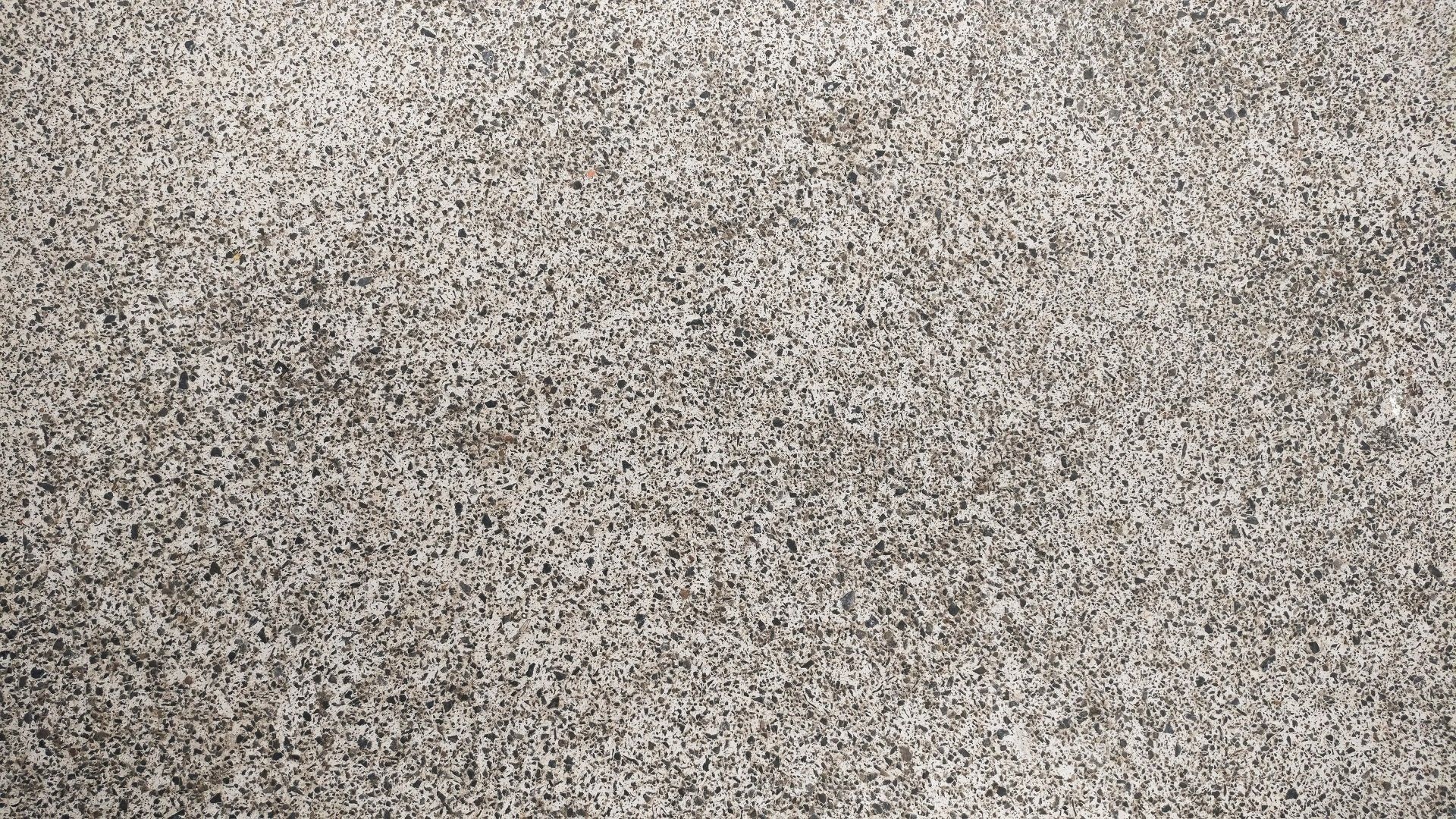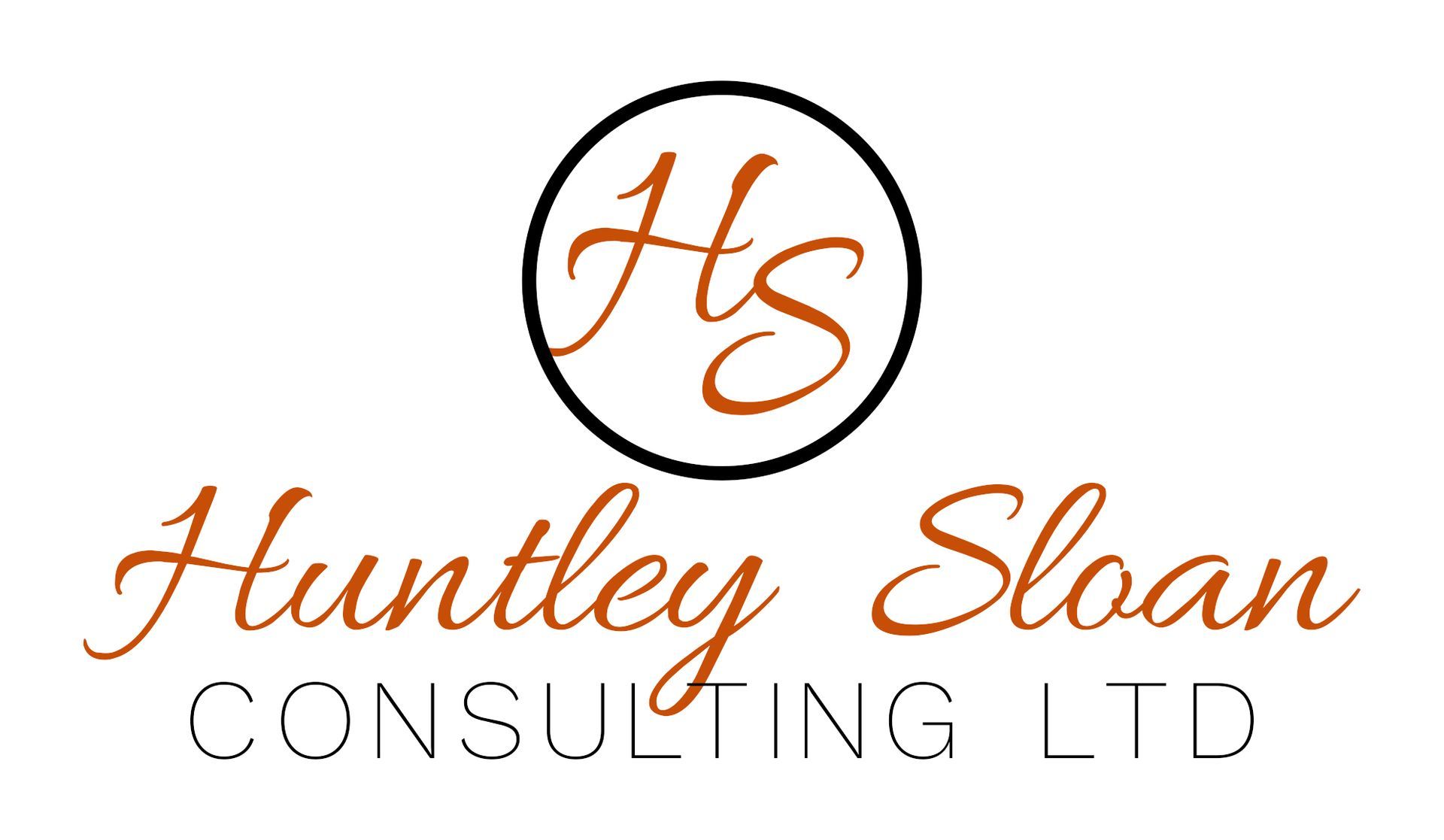H & S NEWS.
04/09/2023 - RAAC Reinforced Autoclaved, Aerated Concrete

This construction material was popular in construction between 1950 and 1990 and was believed to be suitable for the construction of flat roofing, however, it was also used for floors and walls. On occasion, RAAC and AAC were coated in asbestos-containing material (ACM).
Google 2023
Originally developed in Sweden in the 1920s, autoclaved aerated concrete (AAC) is a super-lightweight version of concrete. Rather than adding stones and aggregate to cement, the means to create AAC and RAAC was to mix it with a quantity of fine sand or fly ash and water, and then add some aluminium flake to the concoction. Believed to have a lifespan of only 30 years, buildings of this construction are now no longer considered to be as safe as previously believed. Autoclaved aerated concrete is also known by various other names, including autoclaved cellular concrete (ACC), autoclaved concrete, cellular concrete, porous concrete, Aircrete, Thermalite, Hebel, Aercon, Starken, Gasbeton, Airbeton, Durox, Siporex (silicon pore expansion), Suporex, H+H and Ytong.
Property experts believe that the material may have been used in residential buildings, which means that this ‘faulty’ construction material threatens hospitals, schools and other public demise areas. This may include up to 10% (an estimate at this time) of social (Local Authority) housing stock.
History of the ‘Wonder Product’
Autoclaved Aerated Concrete (AAC) is a lightweight, precast, cellular concrete building material, eco-friendly, and suitable for producing concrete-like blocks. It is composed of quartz sand, calcined gypsum, lime, Portland cement, water and aluminium powder. AAC products are cured under heat and pressure in an autoclave. Developed in the mid-1920s, AAC simultaneously provides structure, insulation, and fire- and mold-resistance. Forms include blocks, wall panels, floor and roof panels, cladding (façade) panels and lintels.
AAC is a highly durable material that can last for many years without requiring maintenance. It is also an excellent insulator that can help reduce energy costs by keeping buildings cool in the summer and warm in the winter.
Additionally, AAC is resistant to fire and mold, making it a safe choice for construction.
AAC products can be used in almost all construction, such as industrial buildings, residential houses, apartment buildings, and townhouses. Lightweight concrete is used, for example, for exterior and interior walls, firewalls, wet room walls, diffusion-open thermal insulation boards, intermediate floors, upper floors, stairs, opening crossings, beams and pillars. Exterior construction requires some type of applied finish, such as a polymer-modified stucco or plaster compound to guard against the elements or covered with siding materials such as natural or manufactured stone, veneer brick, metal or vinyl siding. In addition to their quick and easy installation, AAC materials can be routed, sanded, or cut to size on-site using a hand saw and standard power tools with carbon steel cutters.
Your Next Steps
For trusted, qualified and competent health and safety support from a Principal Designer – CDM2015, to support removal and remediation projects contact us!
We are on hand to provide Client Advisor Services, site safety inspections and all of your health and safety at work needs.
